The recent Bitcoin halving event shared the spotlight with a much-anticipated newcomer: Runes, a new fungible token protocol that ignited a wave of excitement and controversy. While the initial hype focused on memecoins and potential DeFi applications, Runes has also faced criticism for its role in soaring transaction fees and its lack of immediate profitability for most investors.
Memecoin Mania and Fee Frenzy
Runes’ launch coincided with a surge in Bitcoin transaction fees, leading to a significant revenue boost for miners despite their halved block rewards. While the initial euphoria around memecoins hasn’t translated to widespread profits, many remain optimistic about the potential of Runes to expand Bitcoin’s functionality and attract new users.
Runes offers the ability to tokenize various assets like real estate, stocks, commodities, and even stablecoins on the Bitcoin blockchain. This opens doors for novel DeFi applications and broader adoption within the Bitcoin ecosystem. While the current infrastructure focuses on memecoins, experts believe future iterations will prioritize user-friendly applications and services.
A More Efficient Alternative to BRC-20 Tokens
Runes addresses the limitations of BRC-20 tokens, the previous standard for fungible tokens on Bitcoin. By streamlining the creation process and reducing UTXO clutter, Runes offers a more efficient solution for token creation and management.
Despite the initial focus on memecoins, data suggests a growing user base for Runes. With over 349,000 holders, Runes has attracted nearly half of the active addresses on the Bitcoin network. While new address creation remains low, indicating a dominance of veteran users, the potential for broader retail adoption exists.
Miners Rejoice, but Fees Remain Volatile
The halving initially led to a surprising increase in miner revenue due to the surge in transaction fees driven by Runes activity. However, experts anticipate a cyclical nature to this revenue stream, with fluctuations based on market conditions.
While the initial focus has been on memecoins, the true potential of Runes lies in its ability to bridge the gap between Bitcoin and DeFi. By offering a more efficient and user-friendly platform for fungible tokens, Runes could unlock a new wave of financial services and applications within the Bitcoin ecosystem.
The Future of Runes: A Long-Term Play
While the early days have been dominated by memecoin experiments, industry leaders believe Runes has the potential to revolutionize the Bitcoin landscape. As the infrastructure matures and developers unlock its full potential, Runes could become a game-changer for DeFi on Bitcoin, attracting both retail users and established players.
This is just the beginning of the Runes story. Whether it becomes a mere memecoin fad or a catalyst for Bitcoin’s evolution remains to be seen, but its potential to shape the future of the network is undeniable



